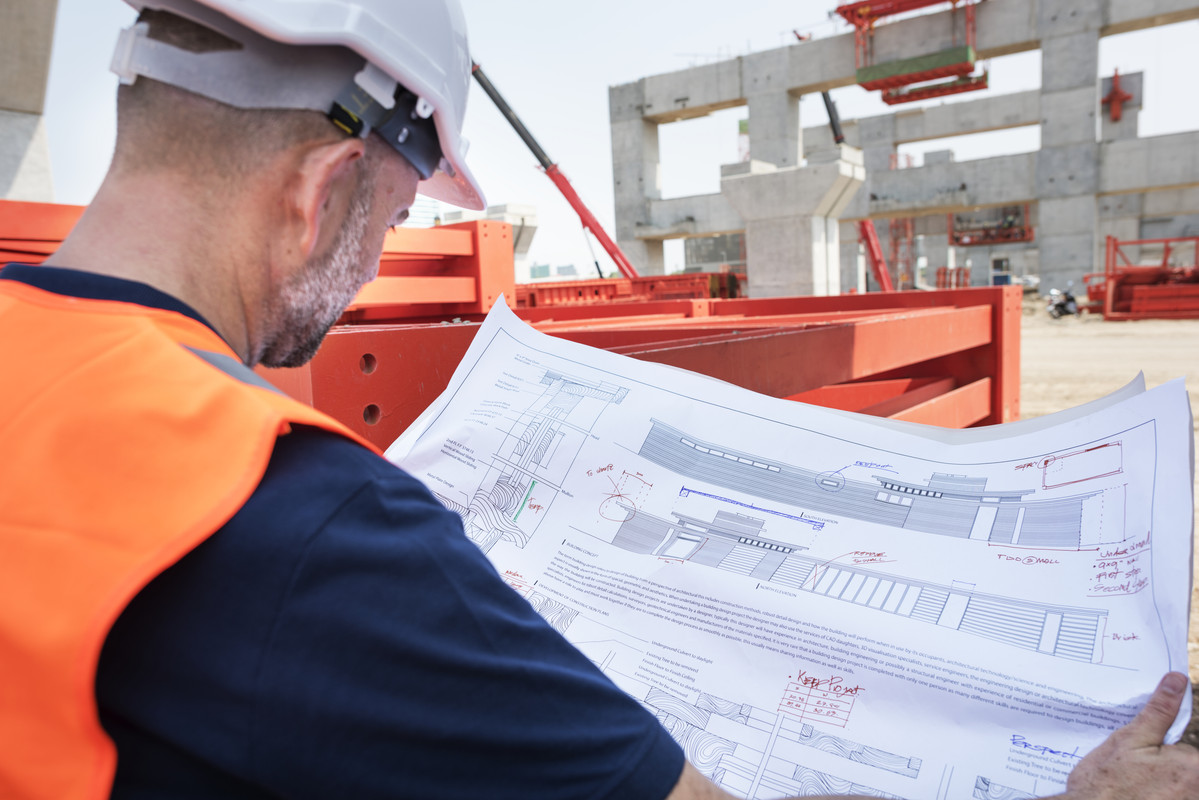Introduction:
A Structural engineering Inspection can be a game-changer when dealing with construction or renovation projects. It is a critical process that not only validates the safety and durability of a structure but also ensures its compliance with building codes and regulations. This article will discuss the six key components of a Structural Engineer Inspection, providing you with a comprehensive understanding of this crucial procedure.
Understanding the Role of a Structural Engineer:
Structural engineers are at the forefront of ensuring the safety and longevity of structures, including houses, bridges, and skyscrapers. Their role involves assessing the strength, durability, and rigidity of built structures, identifying potential structural issues, and providing solutions to rectify them.
A crucial aspect of a Structural Engineer's role is carrying out detailed inspections. These inspections are not just cursory glances at a structure; they involve a comprehensive assessment of all components, ensuring they meet the required standards of strength, durability, and safety. These professionals closely examine every minutia, from the foundations to the roofing, and everything in between.

Structural Engineering Inspections are akin to a health check for structures. They are pivotal in identifying potential issues that might not be immediately apparent to the untrained eye. We're talking about things like structural damage, irregularities in construction, or even signs of future problems that could develop if not addressed promptly.
The Importance of Structural Integrity:
Structural integrity refers to the ability of a structure to withstand its intended load without experiencing failure or deformation. During a Structural engineering Inspection, the engineer evaluates the structural elements of a building, such as its foundation, walls, and roofing system, to identify any signs of structural damage or weakness.
Compliance with Building Codes:
One of the most important aspects of a Structural Engineering Inspection is ensuring the structure's compliance with local and national building codes. These codes are put in place to ensure the safety and health of the occupants, the durability of the structure, and the sustainability of the construction process.
Review of Design Plans:
A thorough review of the structure's design plans forms an essential part of the inspection. This allows the engineer to understand the original layout and construction materials, identify any deviations from the plan, and assess the potential impact on the structure's stability and safety.
Safety Measures Assessment:
During an inspection, the structural engineer evaluates safety measures in place, such as fire safety systems, emergency exits, and structural reinforcements. This assessment ensures the structure is equipped to handle emergencies and prevent catastrophic events.
Post Inspection Reports and Maintenance Recommendations:

After the inspection, the structural engineer compiles a comprehensive report detailing their findings and providing recommendations for maintenance or repair. This report is vital for property owners to understand the current state of their structure and what steps they need to take to ensure its longevity.
Conclusion:
The six key components of a Structural Engineering Inspection - understanding the role of a structural engineer, recognizing the importance of structural integrity, ensuring compliance with building codes, reviewing design plans, assessing safety measures, and receiving detailed inspection reports - are all crucial to maintaining the safety, durability, and efficiency of any structure. By understanding these elements, property owners can make informed decisions about their properties and ensure they remain structurally sound for years to come.
Remember, while the initial cost of a structural engineering inspection might seem high, the potential cost of ignoring structural issues could be significantly more. It's an investment in the safety and longevity of your structure that should not be overlooked.
In the end, the peace of mind that comes from knowing your structure is safe and secure is priceless. So, when it comes to structural inspections, don't cut corners - invest in a professional, thorough, and reliable Structural Engineer Inspection. It's a decision you won't regret.
By understanding these six key components, you'll be better prepared for your next Structural Engineer Inspection and capable of making the right decisions for your property's safety and longevity.